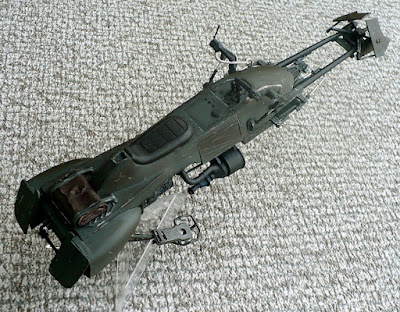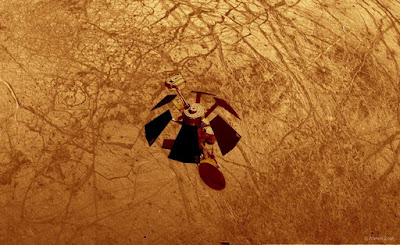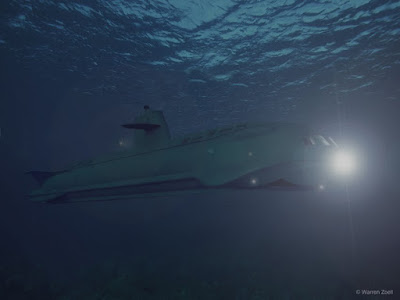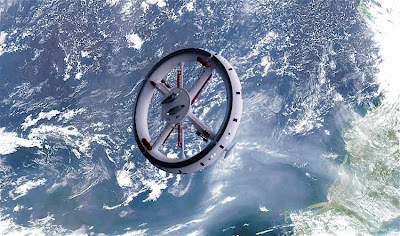




Here are some images of Pegasus Models 1/18 scale Bell X-1 research aircraft. How can I put this kindly? This model lends itself well to scratch building. You would think a model this size would have more detailing but alas no. To spruce up this model a bit I drilled out the engine exhausts, added seatbelt's and installed wiring coming off the back of the instrument panel just to spruce things up a bit. This kit looks like it was designed intentionally for the toy market as the the plastic is thick and very tough plus note that the movable wheel bay doors and landing gear have very visible hinges and the front spire does not blend well with the front of the aircraft plus it doesn't lend itself well to gluing so CA was necessary but considering the cost, $45 CDN it is well worth the buy if you are willing to put some time and effort into it. I have a book issued by Time/Life called Designers and test Pilots from their Epic of Flight series and a book called Aviation Pioneers from Osprey publications and in these books it showed the Bell X-1 Glamorous Glennis in a more weathered state. So off I went to the interweb to see if any model builders out there had posted a more weathered X-1 to get some ideas and to my surprise there weren't any. All I saw were shiny brand new looking X-1s and I think the reason why is that there isn't very many photographs out there showing a weathered X-1. So here without further ado is my version of a weathered Glamorous Glennis.
From Wikipedia 'The Bell X-1, originally designated XS-1, was a joint NACA-U.S. Army/US Air Force supersonic research project built by Bell Aircraft. It was the first aircraft to exceed the speed of sound in controlled, level flight, and was the first of the so-called X-planes, an American series of experimental aircraft designated for testing of new technologies and usually kept highly secret.On 16 March 1945, the United States Army Air Forces' Flight Test Division and the National Advisory Committee for Aeronautics (NACA) (now NASA) contracted Bell Aircraft to build three XS-1 (for "Experimental, Supersonic", later X-1) aircraft to obtain flight data on conditions in the transonic speed range.
The X-1 was in principle a "bullet with wings", its shape closely resembled the Browning .50-caliber (12.7 mm) machine gun bullet that was known to be stable in supersonic flight. The pattern shape was followed to the point of seating the pilot behind a sloped, framed window inside a confined cockpit in the nose, with no ejection seat. After the aircraft ran into compressibility problems in 1947, it was modified to feature a variable-incidence tailplane. An all-moving tail was developed by the British for the Miles M.52, and first saw actual transonic flight on the Bell X-1 that allowed it to pass through the sound barrier safely.
The rocket propulsion system was a four-chamber engine built by Reaction Motors, Inc., one of the first companies to build liquid-propellant rocket engines in America. It burned ethyl alcohol diluted with water and liquid oxygen. The thrust could be changed in 1,500 lbf (6,700 N) increments by firing one or more of the chambers. The fuel and oxygen tanks for the first two X-1 engines were pressurized with nitrogen and the rest with steam-driven turbopumps. The all-important fuel turbopumps, necessary to raise the chamber pressure and thrust, while lightening the engine, were built by Robert Goddard who was under Navy contract to provide jet-assisted takeoff rockets.Bell Aircraft Chief Test Pilot, Jack Woolams became the first to fly the XS-1, in a glide flight over Pinecastle Army Airfield, in Florida, on 25 January 1946. Woolams would complete nine additional glide flights over Pinecastle before March 1946, when the #1 aircraft was returned to Bell for modifications in anticipation of the powered flight tests, planned for Muroc Army Air Field (now Edwards Air Force Base) in California. Following Woolams' death on 30 August 1946, Chalmers "Slick" Goodlin was the primary Bell Aircraft test pilot of X-1-1 (serial 46-062). He made 26 successful flights in both of the X-1 aircraft from September 1946 until June 1947.
The Army Air Force was unhappy with the cautious pace of flight envelope expansion and Bell Aircraft's flight test contract for aircraft #46-062 was terminated and was taken over by the Army Air Force Flight Test Division on 24 June after months of negotiation. Goodlin had demanded a US$150,000 bonus for breaking the sound barrier. Flight tests of the X-1-2 (serial 46-063) would be conducted by NACA to provide design data for later production high-performance aircraft.
On 14 October 1947, just under a month after the United States Air Force had been created as a separate service, the tests culminated in the first manned supersonic flight, piloted by Air Force Captain Charles "Chuck" Yeager in aircraft #46-062, which he had christened Glamorous Glennis after his wife. The rocket-powered aircraft was launched from the bomb bay of a specially modified B-29 and glided to a landing on a runway. XS-1 flight number 50 is the first one where the X-1 recorded supersonic flight, at Mach 1.06 (361 m/s, 1,299 km/h, 807.2 mph) peak speed.
As a result of the X-1's initial supersonic flight, the National Aeronautics Association voted its 1948 Collier Trophy to be shared by the three main participants in the program. Honored at the White House by President Harry S. Truman were Larry Bell for Bell Aircraft, Captain Yeager for piloting the flights, and John Stack for the NACA contributions.
On 5 January 1949, Yeager used Aircraft #46-062 to carry out the only conventional (runway) take off performed during the X-1 program, reaching 23,000 ft (7,000 m) in 90 seconds.
The research techniques used in the X-1 program became the pattern for all subsequent X-craft projects. The NACA X-1 procedures and personnel also helped lay the foundation of America's space program in the 1960s. The X-1 project defined and solidified the post-war cooperative union between U.S. military needs, industrial capabilities, and research facilities. The flight data collected by the NACA in the X-1 tests then provided a basis for American aviation supremacy in the latter half of the 20th century.






















































